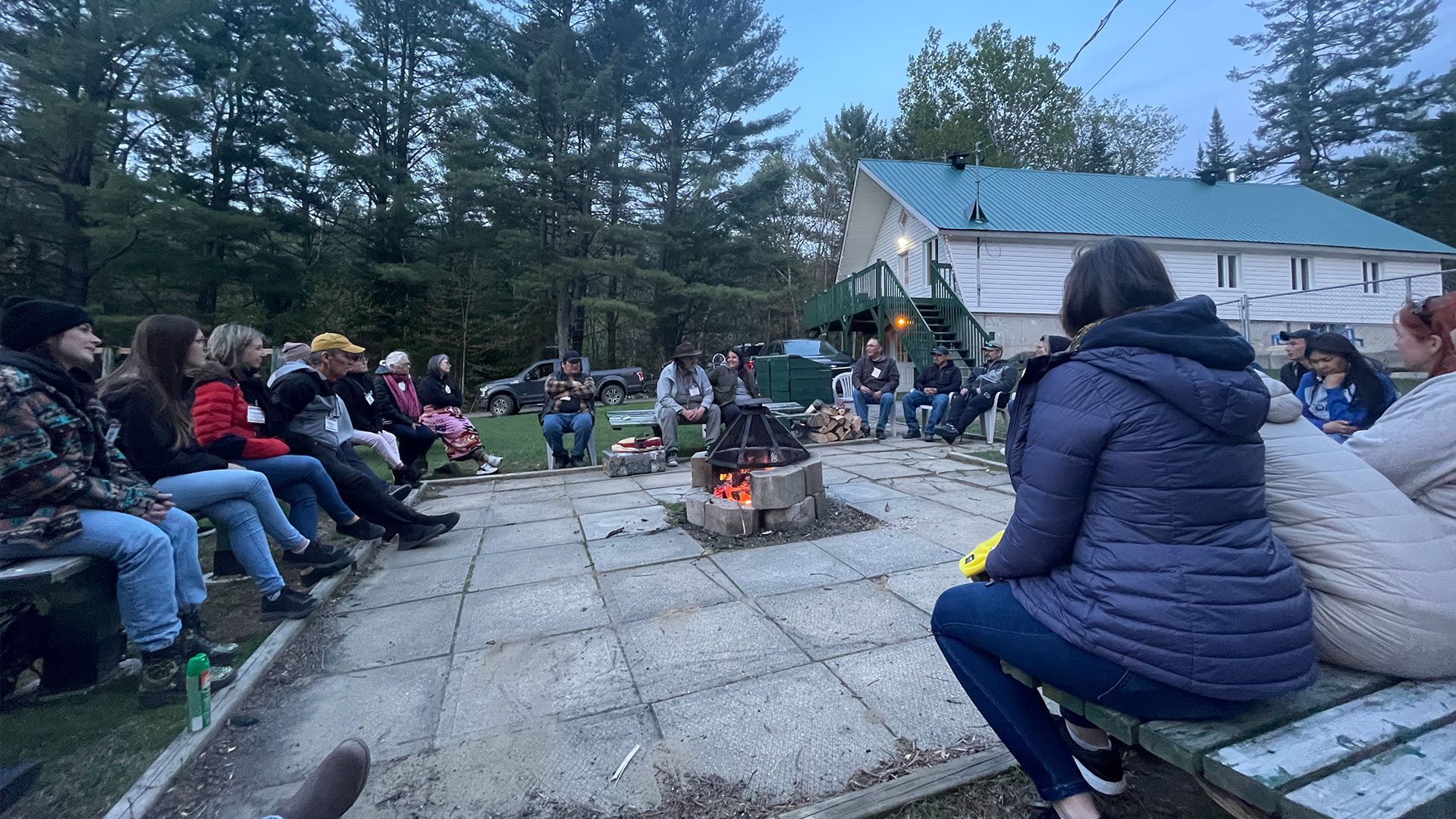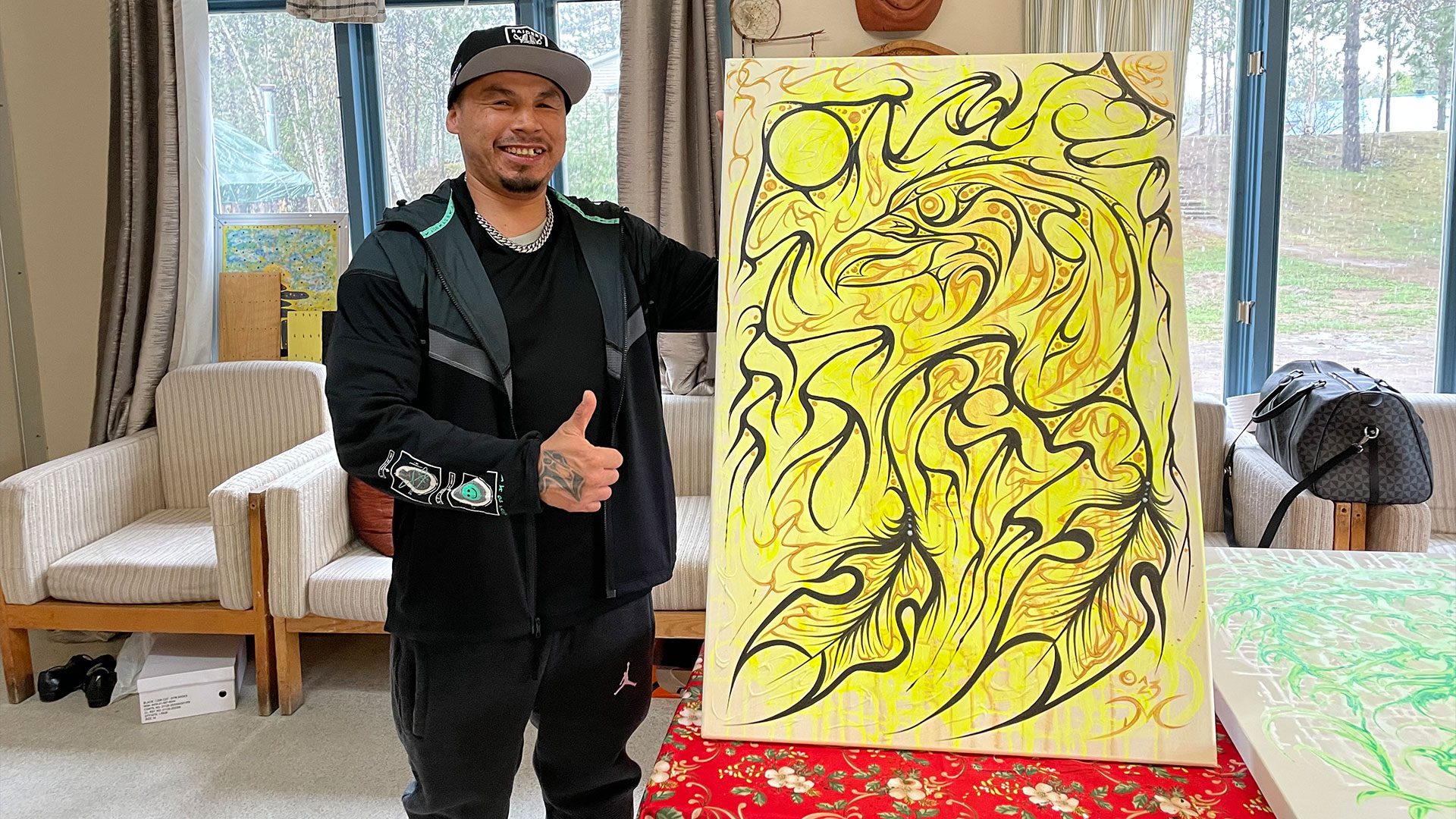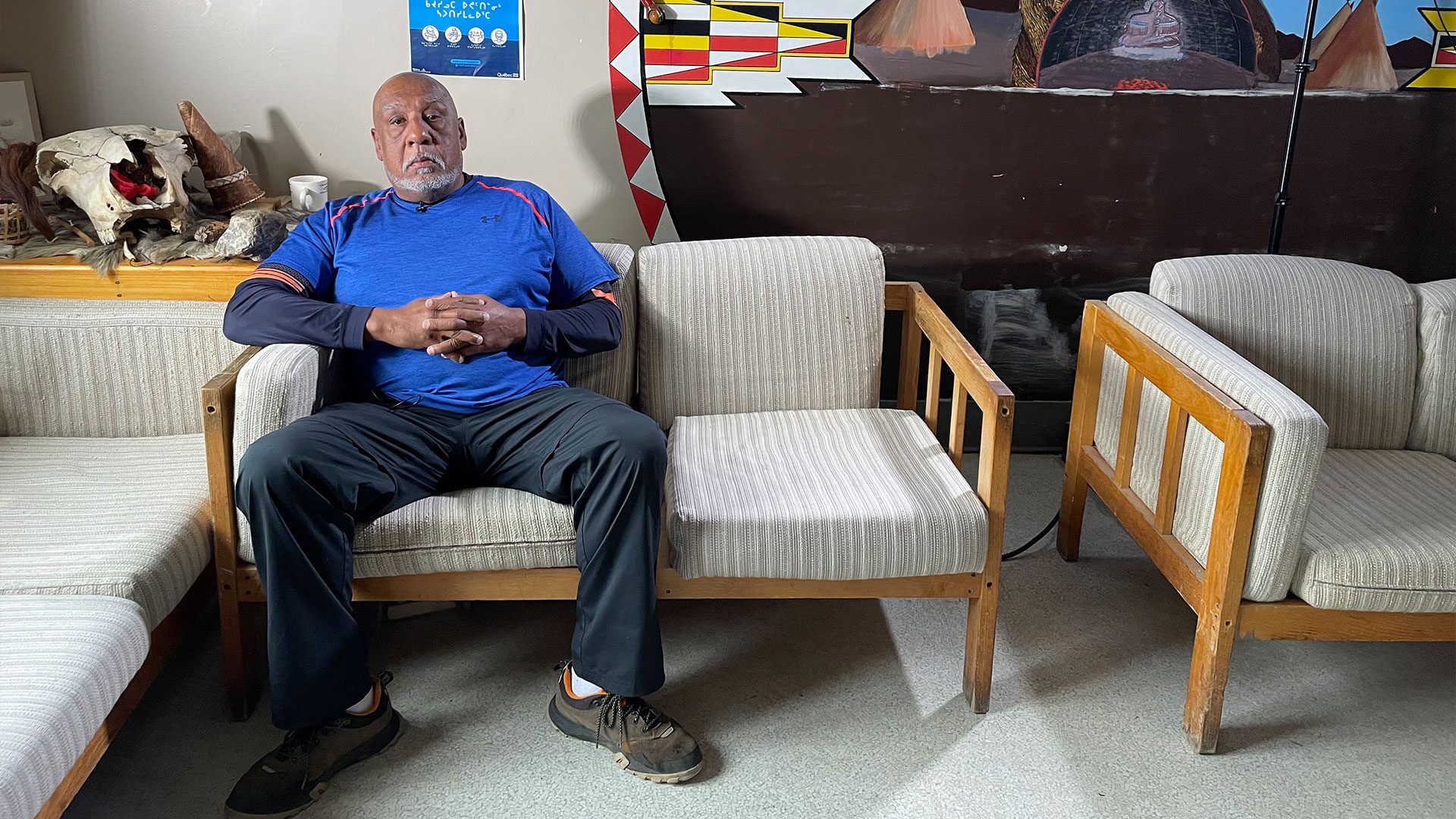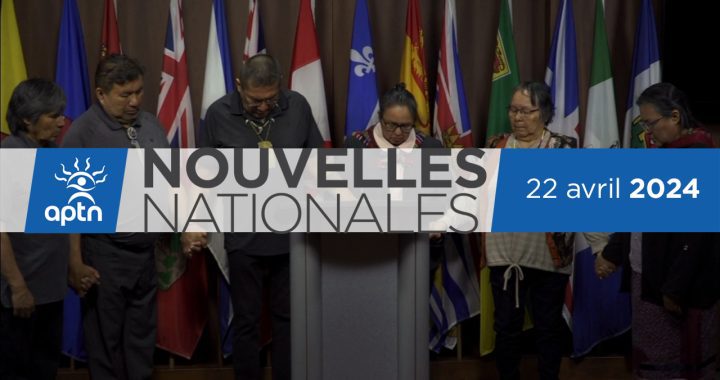Nestled in the trees by St. Alphonse Rodriguez, a small community 100 km north of Montreal, the Waseskun Healing Centre doesn’t look like a typical minimum-security prison.
The centre is funded by the Correctional Service of Canada but it employs its own healing programs which the staff has refined since it was established in 1988.
Waseskun is a Cree word that means “the clouds parting after a storm.” For the incarcerated Indigenous men who get to attend Waseskun Healing Center, it means emerging from often long prison sentences onto a path of healing.
They use the centre to serve out their sentence or as a halfway house where they have access to Elders, traditional ceremonies and Indigenous support workers.
“You get what you put into it,” said Ralph White, who has lived at Waseskun for about a year. He was recently granted parole and plans to live there for at least another six months. A Mi’gmaq man from Newfoundland, he runs one of the healing circles at the centre.
“If somebody’s angry about something we talk about it here rather than out there where we can be destructive,” he says, “not only hurt ourselves, but hurt other people, not in a physical way, but emotionally, or something else, because this is a safe place to do it, because there’s Elders here and stuff, and we talk right, and we can talk it out.”
White said he was introduced to the bear ceremony at Waseskun, and found it to be instrumental to his healing.
“Bear ceremony is we let out all the hurt and pain anger frustration all the garbage that people carry, we let it out into the ceremony by screaming or crying or whatever you need to do,” said White. “We cover all the cameras, nobody sees, right, it’s just the participants and the elders that do the ceremony with us, and it’s awesome.”

For the past week, correctional staff including parole officers and community support workers from Manitoba to the Atlantic gathered at a camp close to Waseskun Healing Center – where residents heal through Indigenous teachings.
At a workshop about reintegration into urban centres and Indigenous communities, participants discussed their frustrations with getting funding, how to connect incarcerated men with resources once they’re out of prison and the necessity for more healing lodges and restorative justice.
Roger Vachon, an Innu who works with urban Indigenous people in Quebec with Centre Mamuk, said he appreciated the workshops.
“I learned a lot about what correctional officers do for a job, and at the same time, I saw the link with my job – to help those who want to reintegrate socially, to help them come home,” said Vachon in French.
Keri Thompson, a Métis and Cree CSC agent in Ontario, said non-Indigenous caseworkers need to learn more about Indigenous teachings.
And CSC needs to give “the opportunity for parole officers, rest of the case management team to be able to get experience the healing lodge.

Whether it’s Waseskun or our other healing lodges to understand the work that’s really done here. So it’s not always correctional programming, it’s more culture-based.”
Some of the Waseskun residents volunteered to set up the Waseskun gathering and some kept the sacred fire lit throughout the days of the workshop. Wayne “Doc” James, an Afro-Mi’kmaq Waseskun resident, helped set up the gathering. He also volunteers to run the center’s canteen and helps White with his healing circle.
At 68 years old, and after more than 20 years in prison, Doc is finishing his sentence at Waseskun where he’s gotten in touch with his emotions and his Mi’kmaw culture.
“Now since I’ve been on this healing journey, one of the seven sacred teachings, the one I’m most in-depth with right now at this stage of my healing is about honesty. Start with myself,” said Doc.
“I can be honest enough to say that I killed [my mother]’s spirit. My mother lived with cancer for 14 years. She was a strong woman. She was a warrior,” he said. “I got convicted in August, and four months later she died. I can remember her crying on the phone, I never heard my mom cry like that.
“And I said ‘No Mom, I have to appeal,’ she cried like that, she just lost her will to live. I’m her only child.”

Doc’s mother was Mi’kmaq, but raised him in a Black community in Nova Scotia, where his absent father was from. He said he had a hard time processing her death.
“That’s what my spirituality and bear ceremonies have done for me,” he said. “You would’ve never seen these tears before, because the life I lived, that was a sign of weakness and [in] the world I came from.”
There are often long wait times to get into the program. Doc worked with Waseskun for five years before he could be transferred there. Indigenous prisoners have to be classified as minimum security to attend Waseskun – which can be a difficult task.
In 2018, the Supreme Court said that the tool used to determine security classifications was discriminatory towards Indigenous people.
“There is a formula that’s used for non-Native people. If you’re Asian, Caucasian or Black, you get that formula. But if you’re Native, they don’t use that same formula. We have our own formula that is way different than that formula,” said Charlie Commando, a helper at Waseskun.
Commando has worked with prisoners for decades. He says that despite the high demand for healing centres, Waseskun is rarely at capacity.
“They basically don’t send us a whole lot of people over there [at CSC]. it’s up and down. It goes back and forth. They nickle-and-dime us, they give us peanuts. but correctional services has everything to help them individuals. But they don’t help them,” said Commando.
Read More:
Report calls on feds to strip $1B from Correctiona Service of Canada budget
APTN Investigates: Inside Corrections
Waseskun operates under section 81 of the Corrections and Conditional Release Act. Critics of the CSC say the program is woefully underfunded. A prison advocacy group in British Columbia is calling for a third of corrections’ $3 billion budget be slashed and the money directed to places like Waseskun.
Healing centers across Canada have a 40 per cent vacancy rate. The center depends on CSC to send them clients, and its budget is based on the amount of people registered.
Keri Thompson said that CSC’s resources for Indigenous inmates are improving, but there is still a lot of work to do.
“You can’t heal within a prison setting,” said Thompson. “So it’s one thing for the individuals to come down and meet with an elder or spiritual advisor, even in the Indigenous programming. kind of to drop those masks, and have those interventions, but then they have to put that mask back on and go back to the range because they need to survive.”
For men like Doc and Ralph, dropping that mask can change everything.
“This place here, Waseskun, gave me more than I could ever ask for. More than I hoped for when I came here. It wasn’t even just the sense of belonging, it gave me the sense of belief,” said Doc, “And the fact is, the medicines are real, the medicines are strong.”









